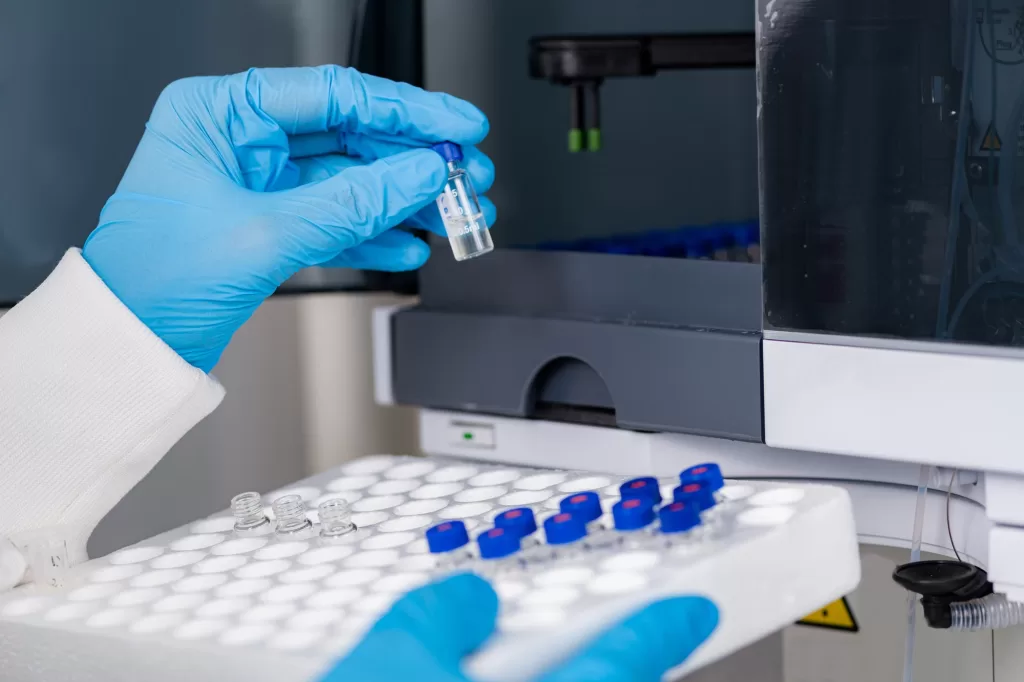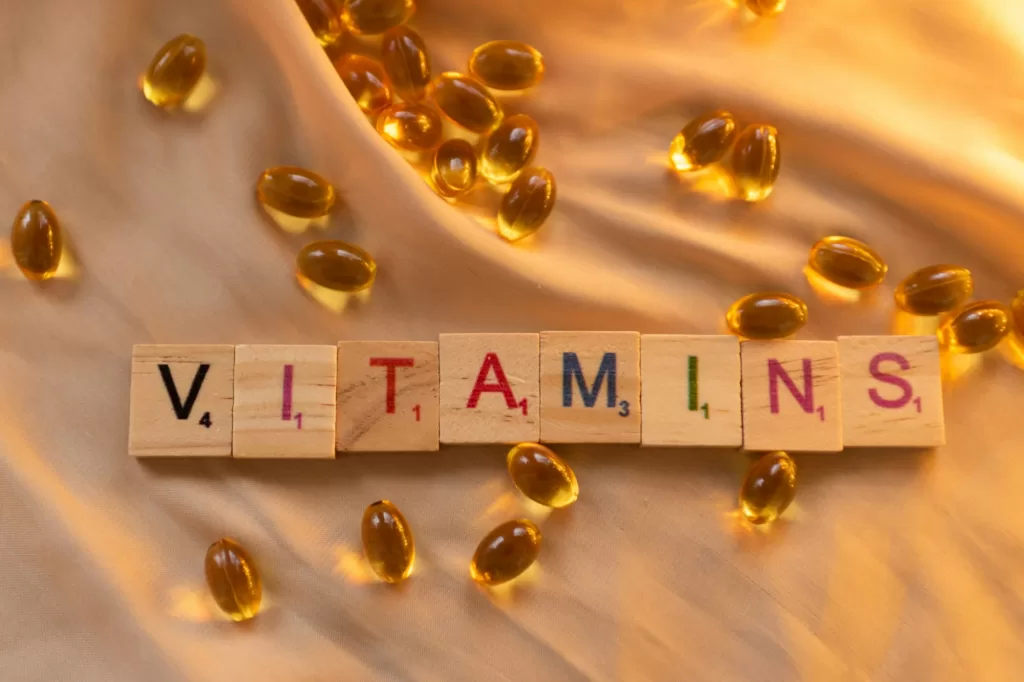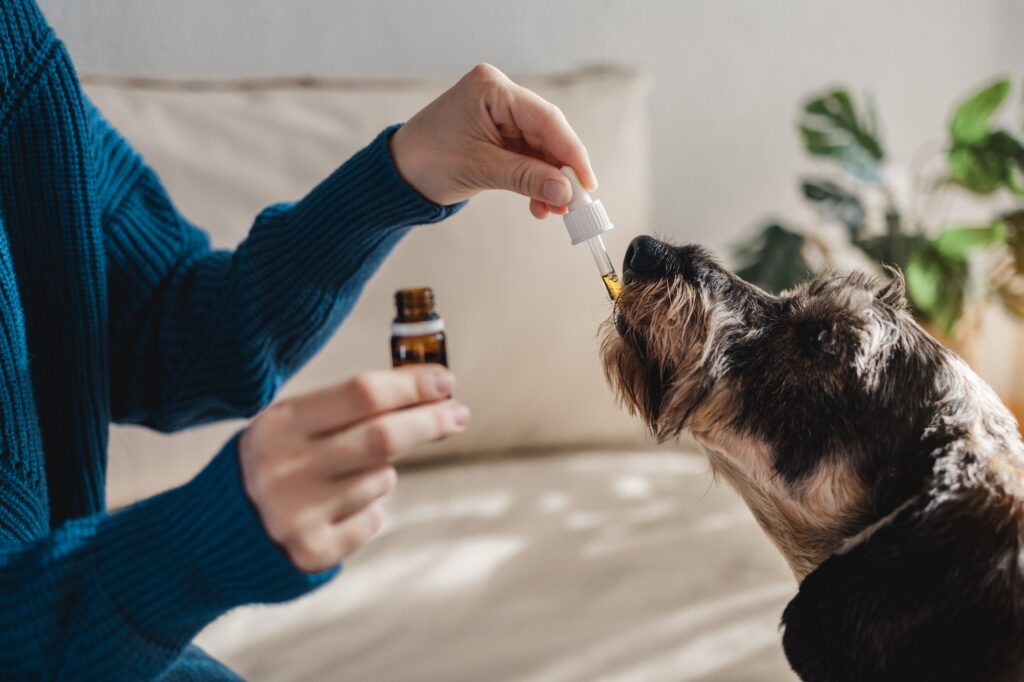Estimated reading time: 4 minutes
At the heart of many modern laboratories lies a powerful analytical technique: chromatography. With its roots dating back to the early 20th century, chromatography has evolved into an indispensable tool for separating, identifying, and quantifying the components of complex mixtures. But what exactly is chromatography? And why are techniques like Gas Chromatography (GC) and High-Performance Liquid Chromatography (HPLC) frequently discussed in scientific circles? Let’s embark on a journey to demystify the world of chromatography.
The Essence of Chromatography
Chromatography, at its core, is a technique that allows scientists to separate the components of a mixture based on their different interactions with two phases: a stationary phase and a mobile phase. The mixture is carried by the mobile phase, usually a liquid or gas, through the stationary phase, often a solid or a coated solid. The differential affinities of the mixture’s components for the stationary phase result in their separation.
How Does It Work?
Imagine you’ve spilled a drop of ink on a blotting paper. Over time, you might notice the single drop expanding, displaying a spectrum of colors that were initially merged into one. This phenomenon is a simple form of chromatography—paper chromatography. The ink mixture moves through the paper (stationary phase) using the solvent (mobile phase) and separates based on each pigment’s affinity to the paper and solvent.
Diverse Types of Chromatography
While the foundational principle remains consistent, there are various chromatographic techniques, each tailored for specific applications:
- Thin Layer Chromatography (TLC): Using a thin sheet coated with a stationary phase, TLC is a quick and economical method often used in organic chemistry labs.
- Column Chromatography: Often used in biochemistry and organic chemistry, it involves a column packed with the stationary phase and a liquid mobile phase.
- Ion-Exchange Chromatography: This technique separates ions based on their affinity to charged sites on the stationary phase.
- Size-Exclusion Chromatography: Here, molecules are separated based on their size, making it particularly useful for protein separation.
- Affinity Chromatography: This method, often applied in biochemistry, leverages the specific interactions between one kind of solute molecule and a second molecule that’s immobilized on the stationary phase.
The Titans: GC and HPLC
Among the various chromatographic techniques, two reign supreme in modern labs due to their precision, versatility, and efficiency: Gas Chromatography (GC) and High-Performance Liquid Chromatography (HPLC).
Gas Chromatography (GC)
Principle: In GC, the mobile phase is a carrier gas, typically helium or nitrogen. The stationary phase is a microscopic layer of liquid or polymer on an inert solid, housed within a column.
How It Works: The sample, first vaporized into the gaseous form, is injected into the GC instrument. It then travels through the column, where its components separate based on their differing volatilities and interactions with the stationary phase. A detector at the column’s end provides a readout, with peaks indicating the presence of different components.
Applications: GC is extensively used in environmental monitoring, forensics, and petrochemical analyses. It’s excellent for volatile organic compounds.
High-Performance Liquid Chromatography (HPLC)
Principle: Unlike GC, the mobile phase in HPLC is liquid, often a mix of water and organic solvents. The stationary phase is packed into a column, which is more efficient than traditional column chromatography.
How It Works: The sample is injected into the HPLC instrument and is pumped through the column at high pressures. Components separate based on their affinities to the mobile and stationary phases. A detector reads the output, providing a chromatogram with peaks for different compounds.
Applications: HPLC is highly versatile, used in industries ranging from pharmaceuticals and cosmetics to food and beverages. It’s ideal for larger or non-volatile compounds, including proteins and peptides.
Differences Between GC and HPLC
- Phase States: While GC uses a gas as its mobile phase, HPLC uses a liquid.
- Temperature Sensitivity: GC often requires compounds to be vaporized, limiting its use for thermally unstable compounds. HPLC doesn’t have this limitation.
- Applications: GC is preferred for volatile compounds, whereas HPLC is versatile, capable of analyzing larger molecules and those sensitive to temperature.
Chromatography in Modern Labs: Beyond Separation
While separation is chromatography’s primary function, modern chromatographs often couple with other instruments, like mass spectrometers (in GC-MS and LC-MS), enabling simultaneous separation, identification, and quantification of compounds.
Today’s chromatography goes beyond simple separation—it provides insights into molecular structures, compound concentrations, and even metabolic pathways in biochemistry. It’s an analytical powerhouse, indispensable in research, quality control, and diagnostics.
Conclusion
The world of chromatography is as vast as it is fascinating. From its humble beginnings in color separation on paper to the high-tech machines of today’s labs, chromatography has solidified its place as an essential analytical tool. Whether you’re decoding the complexities of a new drug, ensuring food quality, or unraveling an environmental mystery, chromatography offers the precision and reliability you need.
And for those seeking unparalleled accuracy and expertise in chromatographic analyses, AccuScience Labs is the trusted partner. With state-of-the-art equipment, a team of seasoned experts, and a commitment to excellence, AccuScience Labs ensures your samples are not just analyzed, but truly understood. Dive deeper into the molecular world with AccuScience Labs—the chromatography experts you can rely on.
Related articles:
- Terpene Testing at AccuScience Labs
- FDA Announces Voluntary Agreement with Manufacturers to Phase Out Certain Short-Chain PFAS Used in Food Packaging
- The Edibles Enigma: Challenges and Solutions in Testing Cannabis-infused Foods
- Flavonoids in Cannabis: Unlocking Their Potential and Testing Methods
- Unraveling the Mysteries of Exotic Cannabinoids







